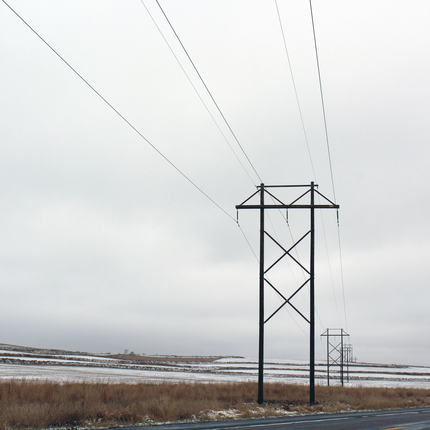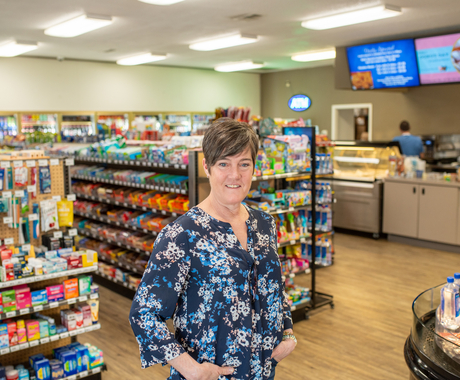By Lucas Nelsen, former staff member
The U.S. continues to develop new clean and renewable energy resources to replace aging, carbon-emitting generating facilities. Lightly populated rural areas provide ample space for this new development, namely wind energy.
Rural communities stand to benefit from new economic activity, tax revenue, and short- or long-term employment provided by projects.
The Bureau of Labor Statistics noted that the fastest growing profession in the country is wind turbine technicians. The Department of Energy estimates the wind energy industry could support up to 380,000 jobs by 2030, a significant increase over the current 88,000 jobs.
However, while rural areas have significant potential to generate renewable wind energy, development has traditionally been hindered by a lack of means to transmit that power.
Without sufficient transmission, there is a limit to energy development in rural places. Transmission infrastructure has been a persistent barrier to the development of renewable energy, especially in rural areas.
Electric transmission was traditionally built to service areas with sizeable populations or to provide service directly to large individual generating units, leaving rural areas without the capacity that has become a necessity for renewable development.
Without improved infrastructure to transport new energy to market, developers are less likely to continue building on pace with previous years and many communities will be unable to reap the benefits of development.
For the renewable energy industry to continue to grow, the transmission system must be updated to connect renewable power to consumers.




